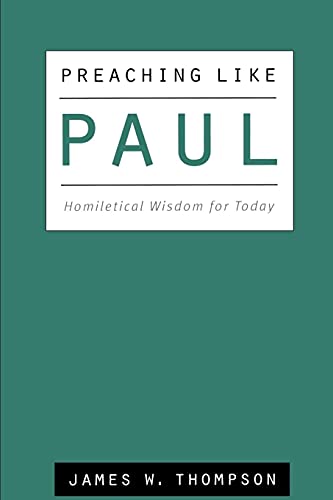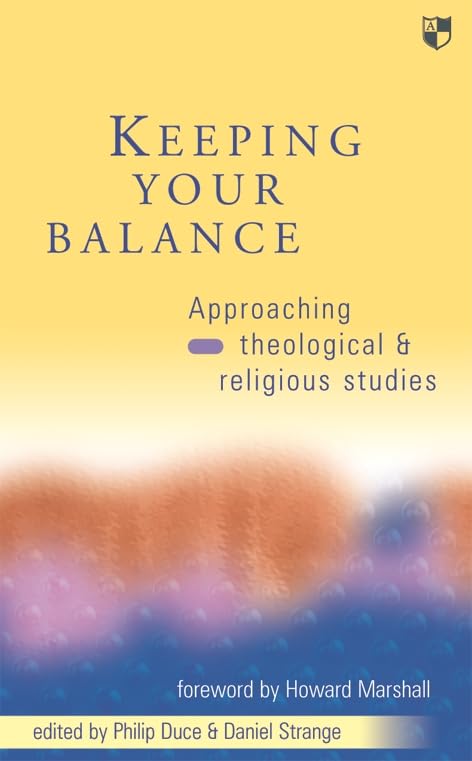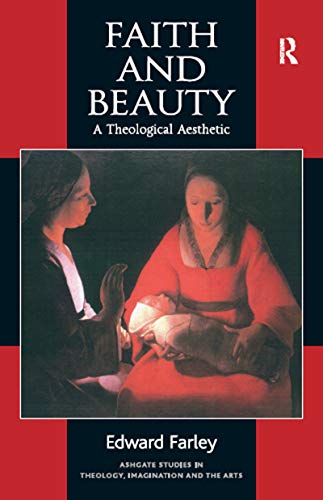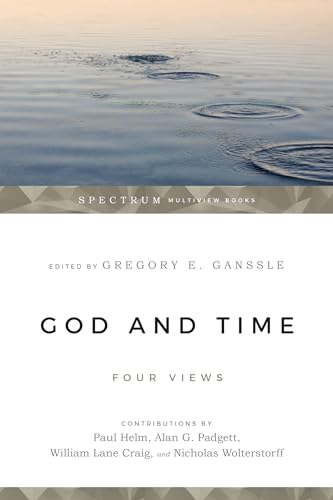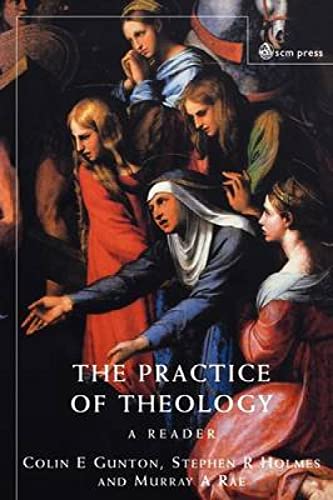ANTI-JUDAISM AND THE FOURTH GOSPEL
Written by Vandecasteele-Vanneuville (eds) Reviewed By Andreas J. KöstenbergerThe present work features a selection of papers read at the Leuven Colloquium in 2000. It contains a total of twelve essays plus an introductory article by the editors, and slightly over half of the material is found in the conference volume published by Van Gorcum. By and large the selection is judicious, though of necessity the complete conference volume must remain the final point of reference. The rather prohibitive price of the original volume, however, makes one grateful for the trimmed down, more affordable edition.
At the outset, the reference to the Jews as children of the devil in 8:44 by the Johannine Jesus is presented as the focal point of alleged anti-Jewish tendencies in the Gospel, with 4:22 (‘salvation is from the Jews’) as a possible (but ultimately inadequate) counter-balance. From the start the editors express support of Culpepper’s contention that ‘the Gospel creates a dangerous potential for anti-Semitism’ (13, 18, cf. 66). After posing and briefly discussing five critical questions, it is concluded that: first, all efforts to deny real anti-Jewish elements in John’s Gospel are illegitimate ‘escape routes’: such anti-Jewishness ‘reaches to the core of the Christian message’; the text of John’s Gospel is ‘intrinsically oppressive’, that is, ‘human sinfulness has in some way touched the core of biblical texts’ (32). Second, these texts are therefore not revelatory; and third, attributing this anti-Jewishness entirely to later redactors is rejected as unconvincing. Nevertheless the Gospel should not be reduced to its anti-Jewish elements, since ‘the text projects an alternative world of all-inclusive love’ (37).
The most significant essays are found in the first part. Dunn contends that the Fourth Gospel represents intra- rather than anti-Jewish polemic, with the fourth evangelist warning fellow Jews not to follow what was emerging as the dominant view of Judaism. Culpepper, following Martyn, sees Johannine anti-Jewish language rooted in a historical conflict between the Johannine community and the Jewish synagogue, finding John to be ‘both thoroughly Jewish and trenchantly anti-Jewish’ (81). Diametrically opposed is Motyer, who proposes as the proper starting point the destruction of the Temple, in whose aftermath John wrote to present Jesus as the ‘locus of the presence of God in Israel and the focus of the means of atonement’ (93). The Jews are representatives of a certain type of Judaism, namely ‘scrupulous adherents of the religion of Judaea, those especially associated with the life of the Temple before 70 ce’. Jews with whom diaspora Jewish readers would not necessarily have identified. Believers today must speak in the name of the one who, after experiencing the destruction of his ‘temple’, rose again.
Overall, the volume bears witness to the almost unbearable interpretive diversity on the present issue. In this context C. K. Barrett’s warning against the ‘unforgivable exegetical sin’, that of ‘attempting to make a passage mean something other than the meaning intended by the author and conveyed by the words’ (231), sounds like a message from another world and time. In the absence of firm doctrinal commitments to the integrity of Scripture, it appears that the text as it stands, in the prevailing contemporary climate of a postmodern reader-response hermeneutic, is capable of an almost limitless scope of readings. The interpretive plurality characteristic of the present volume extends to historical background reconstruction, literary study of the Gospel, and theological evaluation and synthesis of the Johannine data. Despite the best efforts of the editors to provide structure and organisation to the present volume, the work does little to move toward a consensus. Rather, the reader is confronted with a bewildering plethora of available options and left to choose this or her own.
This does not mean that all contributions to this volume are equally plausible. Among the sanest voices, in the judgement of the reviewer, are Motyer and, to a somewhat lesser extent, Dunn. I find myself in essential agreement with Motyer that the Gospel unfolded in the aftermath of the destruction of the Temple and constitutes an effort to present Jesus as the new proper focus of Jewish (and universal) worship. If so, the reference to the loudaioi in John’s Gospel is best understood in a historical context where the Palestinian Jewish religious establishment rejected Jesus as Messiah, with the Gospel recounting the escalating conflicts between the historical Jesus and the Jewish authorities of his day. It is hard to see how this most necessarily be construed as anti-Jewishness or anti-Semitism, though (contra Charlesworth) the Gospel is clear in its claim (Jesus’ claim) that even Jews (and Jews, such as Nicodemus, foremost of all) must recognise Jesus as Messiah in order to enter the kingdom and have eternal life.
Andreas J. Köstenberger
Andreas Köstenberger is theologian in residence at Fellowship Raleigh, cofounder of Biblical Foundations, and author, editor, or translator of over sixty books.



